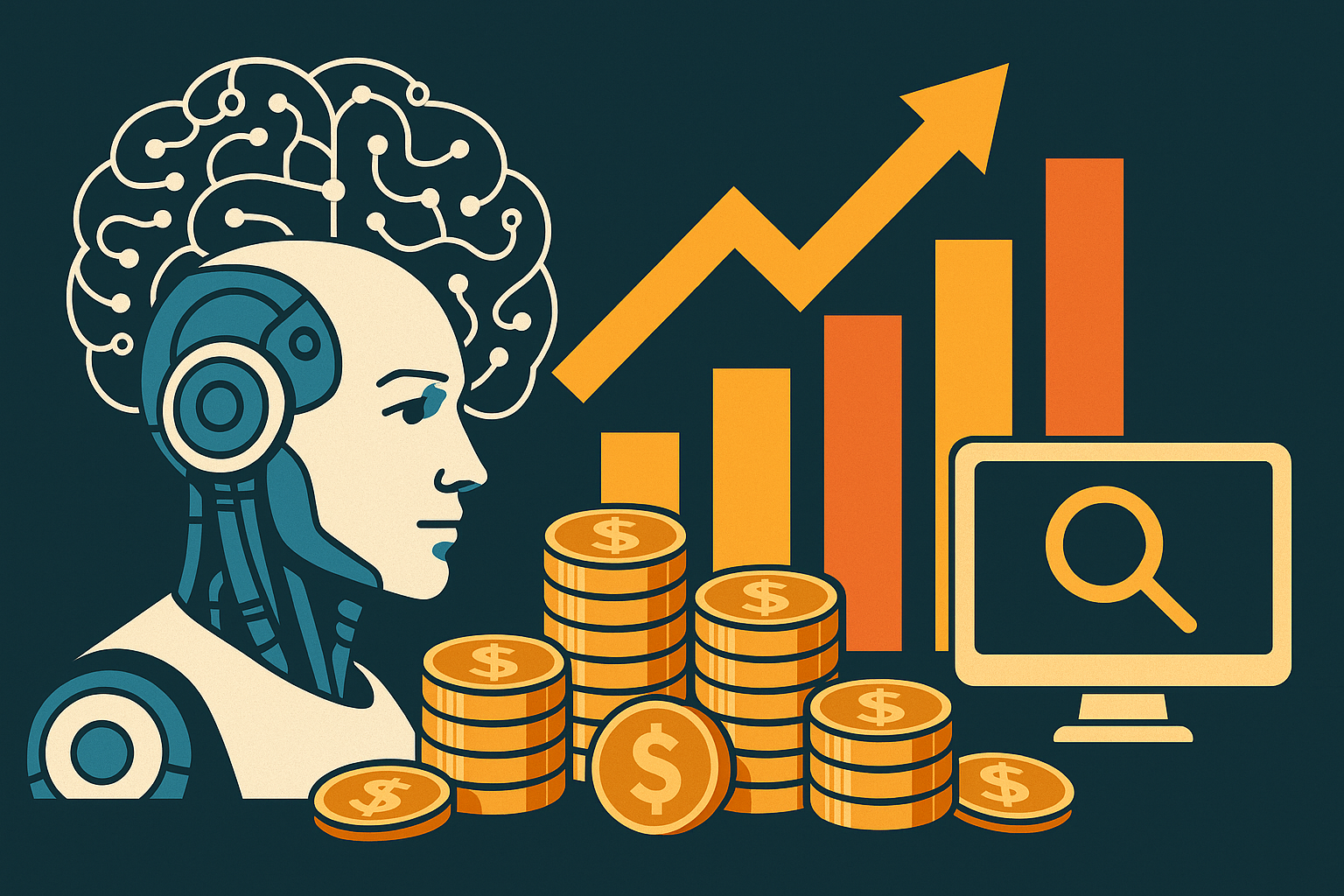Introduction
Walk into any café late at night and you’ll see them: people hunched over laptops after long days at work, chasing deadlines that aren’t part of their official jobs. Scroll through social media and you’ll find countless posts celebrating side hustles—photography gigs, online shops, tutoring, coding projects, ride-sharing shifts. What was once extra is now expectation. Side hustles have become the safety nets of the precarious, the dreams of the ambitious, and the burdens of the exhausted. They are framed as liberation, but often function as shadow economy: invisible, unregulated, and relentless. Side hustles blur boundaries between survival and passion, identity and labor, opportunity and exploitation. To understand modern work, we must look not only at formal jobs but at the constant hustling that fills nights, weekends, and every hidden hour in between.
The Rise of the Hustle Narrative
Side hustles are not entirely new. People have always taken on extra tasks—bartending after office jobs, tutoring after teaching, sewing after factory shifts. What is new is scale and culture. In the past decade, the hustle has been glamorized into lifestyle. Books, podcasts, influencers, and companies sell hustling as personal brand. Tech platforms provide endless opportunities: drive Uber after work, sell crafts on Etsy, rent space on Airbnb, freelance online. Hustling shifts from temporary measure to permanent expectation. To be without a side hustle is to appear complacent, unambitious, left behind. Hustling becomes not just activity but identity.
Economic Drivers: Why One Job Isn’t Enough
The glorification of hustling hides structural drivers. Real wages stagnate while housing, healthcare, and education costs soar. One job, even full-time, rarely stretches to cover essentials, let alone aspirations. Debt weighs heavily—student loans, credit cards, mortgages. Side hustles plug gaps left by inadequate pay. For some, they are lifelines; for others, ladders of opportunity. But at core, hustling reflects systems failing to provide stability. The culture of side hustles disguises what should be scandal—that survival requires multiple streams of income—as celebration of creativity. The narrative shifts blame: from structural precarity to individual hustle.
Passion or Precarity?
Side hustles are often framed as passion projects—painting after spreadsheets, baking after retail shifts, podcasts after classrooms. Some indeed thrive this way, transforming hobbies into businesses, finding joy in creativity. But many enter hustling not from passion but necessity. They deliver food late at night, tutor students, manage dropshipping stores, take online gigs—tasks chosen not for love but for income. Yet the culture of passion persists, encouraging workers to frame even necessity as calling. To admit exhaustion risks stigma, so hustlers mask survival with optimism. Behind glossy narratives lies precarious grind, passion reframed as façade.
The Double Lives of Workers
Hustling creates double lives. By day, workers fulfill official roles; by night, they switch identities. Teachers become tutors, accountants become drivers, nurses become Etsy sellers. They juggle calendars, tasks, personas. Some conceal hustles from employers, fearing conflict or exposure. Others showcase them proudly, branding themselves as entrepreneurs. The double life fragments identity, making rest elusive. The question “what do you do?” no longer has simple answer. The hustler is always in motion, never fully one thing, defined by multiplicity. This double life may offer freedom, but it also erodes stability, tethering identity to endless hustle.
The Hidden Costs of Hustling
Hustles promise extra money, but costs mount invisibly. Time vanishes, rest evaporates, relationships strain. Families see less of each other, friendships fade, bodies weaken under exhaustion. Health suffers: sleep deprivation, stress, burnout. Hustlers absorb risks once shouldered by employers: lack of insurance, absence of retirement contributions, vulnerability to market shifts. Side hustles rarely come with protections, leaving workers exposed. What looks like empowerment often conceals insecurity. The hidden costs accumulate, even as income appears.
Technology and the Hustle Machine
Platforms fuel side hustles, offering convenience and scale. But they also extract. Algorithms dictate visibility, ratings determine survival, fees cut into income. Workers are independent in name but dependent in practice. Platform design encourages constant availability, rewarding those who sacrifice most time. Gig apps blur lines between work and leisure, buzzing phones with opportunities at all hours. Hustlers live tethered to devices, identities mediated by algorithms. The hustle machine offers access but demands devotion, turning nights and weekends into digital shifts managed by invisible code.
The Psychology of Constant Hustling
Hustling reshapes minds. Workers internalize guilt for downtime, fearing wasted opportunities. Social media amplifies comparison, showing peers thriving in side businesses. Hustlers feel pressure to optimize every moment, monetize every hobby, transform every talent into income. Rest feels irresponsible, leisure indulgent. This psychology corrodes well-being, breeding anxiety, imposter syndrome, endless striving. Hustling becomes less choice than compulsion. The culture teaches that to be enough, one must always do more. The hustle becomes identity, imprisoning rather than freeing.
Stories from the Hustle Economy
Consider Daniel, an office worker in Nairobi who drives for ride-sharing apps every evening to pay rent, collapsing into bed past midnight. Or Rachel, a U.S. teacher who tutors online until 2 a.m. to cover student loans, her weekends consumed by grading and side gigs. Or Amir, a London designer who runs an online shop, branding it as passion but quietly fearing burnout. Or Fatima, a mother in Cairo selling handmade crafts on Instagram while juggling care work, often working past dawn. These stories show hustling’s duality: resilience and creativity, but also exhaustion and fragility. Hustles sustain lives, but at steep cost.
Hustling and Inequality
Side hustles deepen inequalities. For those with resources—capital, networks, skills—hustles can flourish into enterprises. For those without, hustles remain low-paid, precarious, draining. The wealthy turn hobbies into profitable brands, the poor stretch energy into survival. Hustling is framed as equalizer, but in practice it mirrors existing divides. Inequality multiplies, masked by rhetoric of hustle culture. The narrative that anyone can succeed with enough grind ignores structural barriers. Hustling offers hope but delivers unevenly, reinforcing divides it claims to bridge.
The Global Hustle
Hustle culture is global, shaped by local conditions. In the United States, it reflects individualism and weak safety nets. In Nigeria, it embodies resilience in unstable economies. In China, it emerges in 996 culture—working 9 a.m. to 9 p.m., six days a week, with hustles layered atop. In Europe, where stronger welfare states exist, hustling often appears as creative pursuit rather than survival. Yet across contexts, the theme is universal: hustling fills gaps left by wages, safety nets, or aspirations. It is global shadow economy, adapted but omnipresent, shaping lives in every corner of the world.
The Future of Hustling
Will hustling endure? Likely, and perhaps expand. Economic precarity, technological platforms, cultural pressures all sustain it. But its future need not be only exploitation. Societies could regulate platforms, extend protections to gig workers, ensure living wages that reduce necessity of hustling. Cultural shifts could challenge glamorization, valuing rest and boundaries. Hustling could become genuine choice rather than forced survival. Yet without intervention, it risks becoming permanent condition, where every human moment is potential labor. The future hangs in balance: hustle as liberation, or hustle as life sentence.
Conclusion
The shadow economy of side hustles reveals the contradictions of modern work. Framed as opportunity, it often masks survival. Branded as passion, it often conceals exhaustion. Hustling celebrates resilience but normalizes precarity. It reshapes identities, relationships, and societies, turning nights and weekends into invisible shifts. To confront hustle culture requires honesty about its costs and courage to imagine alternatives. Until then, millions will keep hustling in shadows, carrying economies quietly on their tired shoulders, told to celebrate what is in truth survival disguised as freedom.

